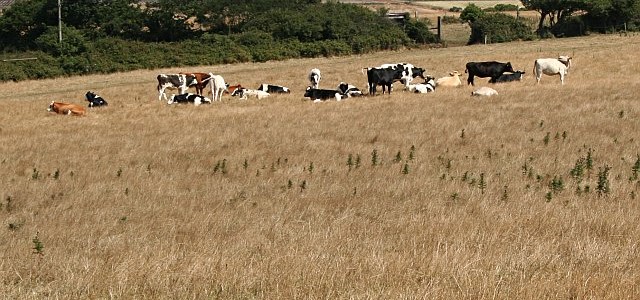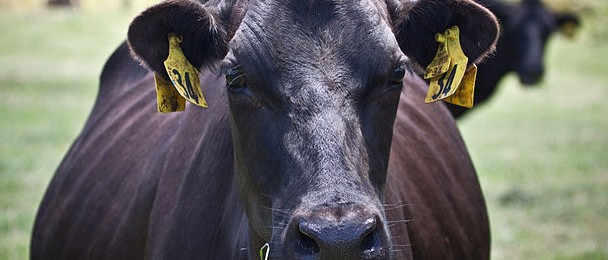Livestock
-

Here is a story you might not expect to read in this blog, but it was too good not to mention. Newser posted a story about the remarkable tale about three cows that were swept out to sea from North Carolina’s Cedar Island in the 2019 Hurricane Dorian and found, much to everyone’s surprise, weeks…
-

I’ve been getting quite a few phone calls from Georgia cattle producers noting the very dry conditions have made feeding cattle very difficult right now, with no relief in sight, and some farmers having to cull their cattle because of the lack of feed. Here is a similar story from MyPanhandle.com about cattlefolk down in…
-

While residents of southwest Florida as well as the Carolinas are currently still picking up from the incredible destruction of Hurricane Ian, and Puerto Ricans are dealing with power losses and damage from massive flooding that fell during Hurricane Fiona, extension agents and farmers are starting to assess the toll that the wind and rain…
-

If you are an extension agent or producer in the Southeast, you might find these guides on hurricane preparation and recovery from the USDA Southeast Climate Hub to be very useful. There is a guide for each state in the Southeast but also a separate guide for each commodity, not just the regular commercial commodities…
-

One of the secrets of the trend towards warmer temperatures over time is that a lot of the warming is not occurring during the day but at night. In Georgia, overnight low temperatures are rising at a rate that is double the increase in daytime high temperatures. This has special consequences for human and animal…
-

After a cooler weekend, we are expecting to experience much higher temperatures later in the week. Humidity levels will be somewhat lower than last week, so nights should be a little cooler than we saw earlier, but still at the record-setting temperatures we are expecting (record for this time of year, not all-time), heat stress…
-

Here’s a story from back in December that discusses the advantages of combining solar farms with agriculture, which could include either crops or livestock, to produce multiple benefits, including shading and cooler temperatures for the livestock and cooler soils for the crops. Even though there is some shading, there is still plenty of light for…